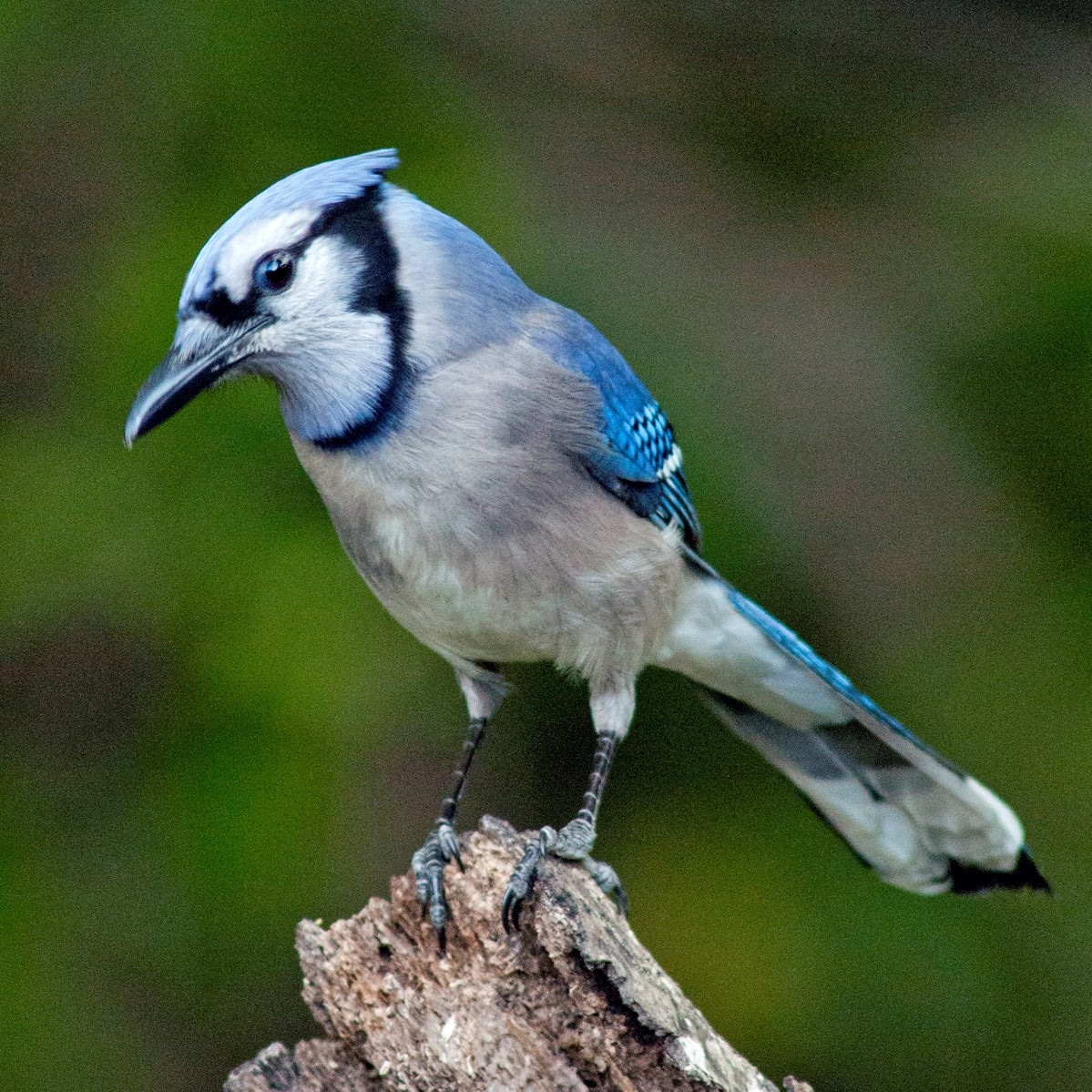Part of my joy in telling stories about nature is revisiting themes that help link things together, certainly in my mind and hopefully yours as well. Biodiversity is one of my favorite themes, as I attempted to explain it recently. As with many topics, learning is strengthened through application: homework, so to speak. So, here is one of a series of homework assignments that I hope will demonstrate the significance of the concept of biodiversity.
Birds are certainly the best-known of the creatures in our world. They are hard to miss or ignore, especially if you feed them. Most of us may be certain about the kinds of birds (species richness) that visit our yards, and yet, if we take the time to look, new species will appear. So, it is time to show off what your yard holds by starting a list. Making a list will help demonstrate the concept of biodiversity and, I suspect, surprise you. Don’t worry if you cannot identify every species that you see. That can be another adventure in learning.
If you recall from my explanation of biodiversity, the number of species (species richness) is but one element of the term. Equitability, or the degree to which the number of individual organisms in a place are distributed among species, is also important. Ideally, biodiversity is greatest when both species richness and equitability are high – that is, there are more than one or a few species and that no one species dominates.

For your bird diversity challenge, you can start with species richness by sitting a spell and tallying the kinds of species you spot. Along the way, it will soon become apparent that some species are more common than others. Your assemblage of backyard birds will not be perfectly balanced, for sure. To get started, grab a pad and pencil and plan to observe birds during a portion of your weekend. Choose an hour to sit and jot down the kinds of birds you see.
I suspect that this challenge will spur you to repeat what you can call your “bird sit time” more than once a day, just to see how the “list” changes. Your overall “yard” list will of course grow over time. You might even challenge your friends to see if your yard is more diverse than theirs (have fun with that). Better yet, grab a child and learn about your backyard birds together – then head over the local park for the same adventure. Let me know what you find.
Hope to see you in our great outdoors!